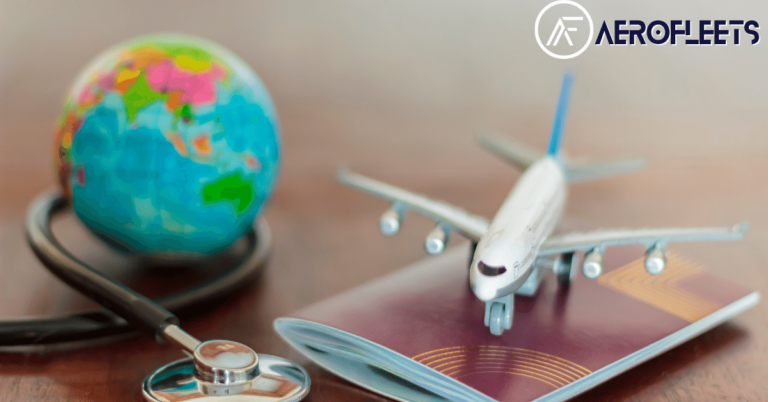Introduction
Since the outbreak of the coronavirus pandemic, Singapore Airlines has experienced drastically reduced demand for international flights, prompting the airline to ground its aircraft and lay off more than 3,000 staff. Singapore Airlines has begun to restart operations, but it faces a slow road to recovery and must overcome numerous challenges to regain its pre-pandemic status.
Singapore Airlines’ Troubled Recovery
The coronavirus pandemic has had a devastating effect on Singapore Airlines, leading to drastic reductions in passenger numbers and forcing the airline to ground its fleet and layoff thousands of staff. The airline’s most recent financial report revealed a net loss of S$3.3 billion for the financial year ending in March 2021, more than three times the losses suffered in the previous financial year. To stem the losses, the airline has implemented various cost-cutting measures, including grounding its aircraft, reducing staff numbers, and cutting routes.
In the face of these challenges, Singapore Airlines has begun the process of restarting operations. The airline has resumed flights to some of its most popular routes, such as London and Melbourne, and expects to increase its network further in the coming months. However, the airline is still operating at a fraction of its pre-pandemic capacity and is relying heavily on its regional services to stay afloat.
Recovery Challenges for Singapore Airlines
While Singapore Airlines has taken steps to restart operations, the airline’s recovery is far from assured. The airline is facing numerous challenges, including the slow return of international passengers due to ongoing border closures, travel restrictions, and quarantine requirements. Further, the airline is facing increased competition from other airlines hoping to capitalise on reduced travel demand.
The airline has also had to adapt to new regulations and safety measures, such as contactless check-in and reduced seating capacity, in order to protect its passengers and staff. These measures have increased the airline’s operating costs, making it even more difficult to remain profitable.
Prospects for Singapore Airlines’ Recovery
Despite the numerous challenges facing Singapore Airlines, there are some signs that the airline’s fortunes could improve in the coming months. International travel demand is slowly returning, and the airline has benefited from increased demand for regional flights, which have enabled it to remain operational.
The airline is also hoping to benefit from the launch of its new ultra long-haul flights to the United States, which will provide the airline with much-needed additional capacity. Finally, the airline is hoping to benefit from the successful rollout of the coronavirus vaccine in Singapore, which could lead to the easing of travel restrictions and a return of international travel demand.
Conclusion
Singapore Airlines’ recovery from the coronavirus pandemic is far from assured. The airline is facing numerous challenges, including increased competition, reduced international travel demand, and higher operating costs. However, the airline is taking steps to restart operations, and there are some signs that its fortunes could improve in the coming months. With the successful rollout of the coronavirus vaccine in Singapore, Singapore Airlines could soon be able to return to its pre-pandemic status and regain its position as one of the world’s leading airlines.




0 Comments